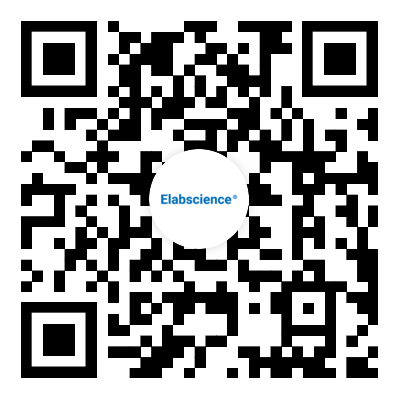NOD1 Polyclonal Antibody
Price:
Size:
200μL
120μL
60μL
20μL
- 宿主: Rabbit
- 反应性: Human;Mouse
- 应用性: IHC
| Verified Samples |
Verified Samples in IHC:Human liver cancer,Human colon cancer |
| Dilution | IHC 1:50-1:200 |
| Clonality | Polyclonal |
| Isotype | IgG |
| Immunogen | Synthetic peptide of human NOD1 |
| Abbre | NOD1 |
| Synonyms | CARD 4;CARD4;Caspase recruitment domain 4;Caspase recruitment domain containing protein 4;Caspase recruitment domain family member 4;Caspase recruitment domain protein 4;Caspase recruitment domain-containing protein 4;CLR 7.1;CLR7.1;NLR family CARD domain containing 1;NLRC 1;NLRC1;NOD 1;Nod1;NOD1 protein;NOD1;Nucleotide binding oligomerization domain containing 1;Nucleotide binding oligomerization domain leucine rich repeat and CARD domain containing 1;Nucleotide-binding oligomerization domain-containing protein 1;Protein Nod1 |
| Swissprot | |
| Cellular Localization | Cytoplasm. Cell membrane. Apical cell membrane. Basolateral cell membrane. Detected in the cytoplasm and at the cell membrane. Following bacterial infection, localizes to bacterial entry sites in the cell membrane. Recruited to the basolateral and apical membranes in polarized epithelial cells. |
| Concentration | 0.8 mg/mL |
| Storage | Store at -20°C Valid for 12 months. Avoid freeze / thaw cycles. |
| Buffer | PBS with 0.05% sodium azide and 50% glycerol, PH7.4 |
| Purification Method | Affinity purification |
| Research Areas | Cancer; Cell biology |
| Conjugation | Unconjugated |
| Background | This gene encodes a member of the NOD (nucleotide-binding oligomerization domain) family. This member is a cytosolic protein. It contains an N-terminal caspase recruitment domain (CARD), a centrally located nucleotide-binding domain (NBD), and 10 tandem leucine-rich repeats (LRRs) in its C terminus. The CARD is involved in apoptotic signaling, LRRs participate in protein-protein interactions, and mutations in the NBD may affect the process of oligomerization and subsequent function of the LRR domain. This protein is an intracellular pattern-recognition receptor (PRR) that initiates inflammation in response to a subset of bacteria through the detection of bacterial diaminopimelic acid. |
Immunohistochemistry of paraffin-embedded Human liver cancer tissue using NOD1 Polyclonal Antibody at dilution 1:50
Immunohistochemistry of paraffin-embedded Human colon cancer tissue using NOD1 Polyclonal Antibody at dilution 1:50
| E-AB-1003 | Goat Anti-Rabbit IgG(H+L)(peroxidase/HRP conjugated) | 500μL , 120μL , 60μL , 30μL , 1mL |
| E-AB-1043 | Streptavidin(peroxidase/HRP conjugated) | 500μL , 120μL , 60μL , 30μL , 1mL |
| E-AB-1194 | HRP-Goat Anti-Rabbit IgG(H+L) preadsorbed | 500μL , 120μL , 1mL |
| E-IR-R217 | 2-step plus Poly-HRP Anti Mouse/Rabbit IgG Detection System (with DAB solution) | 18mL , 6mL , 3mL |
| E-IR-R220 | Super PlusTM Highly Sensitive and Rapid Immunohistochemical Kit (pH9.0) | 10mL , 3mL |
| E-IR-R221 | Super PlusTM Highly Sensitive and Rapid Immunohistochemical Kit (pH6.0) | 10mL , 3mL |
| E-IR-R304A | Western Blot Detection Kit | 50Assays |
| E-IR-R304B | High Accuracy and Absorbability Western Blot Detection Kit | 50Assays |










